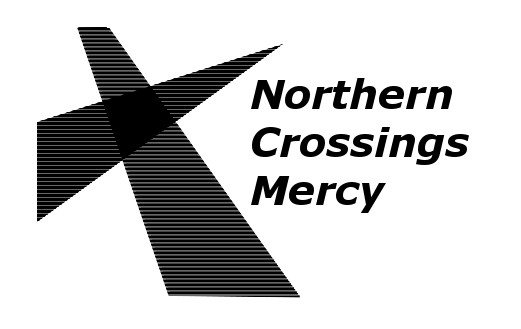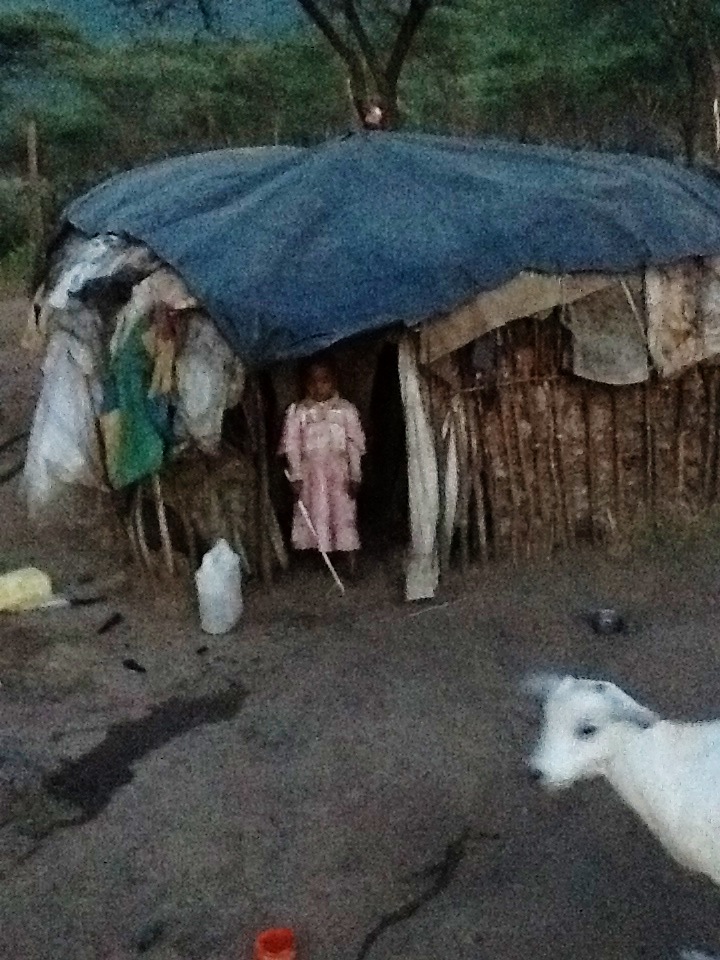Many people are writing and talking about “best practices” when planning short term mission trips. Minnesota North and North Dakota are part of a pilot project partnering with LCMS, and the Evangelical Lutheran Church Kenya. Dr Al Collver is writing up some ideas as well. In the meantime her us a quote from MD 3.1 (February 2012) STANDARDS FOR SHORT-TERM MISSIONS Mark Woodward. Woodward is making the point that one of the reasons for an STM is an empowering partnership.
Out of inexcusable ignorance, American Christians have often viewed themselves as the only source of mission strategy, the only spring of mission compassion, and, regrettably, the only well of resources that God can use for taking the gospel to the world. Lord, forgive us of our arrogance!This flavor of hubris shows itself concretely in STMs in the following ways:
- A church is looking for a good STM for its youth group, so they call their missionary and announce that they will bring 40 kids for 10 days in July—and they know the missionary will be grateful!
- A church sees a small but vibrant mission church in a developing country and decides to send down a band of construction workers to build them a building.
- A church sends a note to their missionary contact stating they are prepared to come with puppets and all to do a two-week Vacation Bible School, if the locals will put them up in their homes.
- The local evangelist agrees to provide food and housing for the STM workers if the workers will provide the funds. The workers will provide the funds but need receipts. The national minister is highly offended, but the American workers find the evangelist’s actions very suspicious.
Some readers may not even recognize a problem in the above scenarios, but the idea of an “empowering partnership” is absent from each one. In its place, a one-sided, power-based, culturally insensitive, and paternalistic attitude exudes from the American Christian side of the equation—mostly because such STM participants do not really believe that they are in a partnership. Many seem to prefer a charitable relationship over an empowering partnership.
I took the picture at night in a Samburu “home”. My reaction of course is “what can we do to help here”. The answer is nothing. These are happy, creative and as near as I could tell, healthy people. They have a passion for the Gospel and telling the Good News to others and I was there to learn from them how they do that in areas like this. If there is a partnership that we can develop to help we will. It is their task to tell us what we can do to partner with them to help. What is their part of the equation? When I left the compound that evening with a full moon above and the sound of distant elephants rustling through the trees I remember thinking that these people are blessed and so am I for meeting them.


